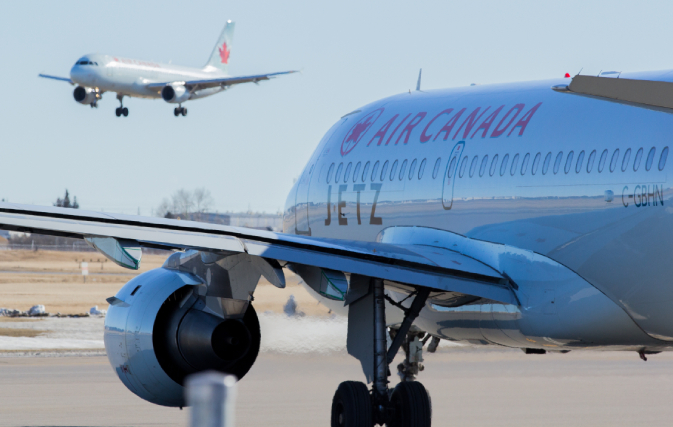MONTREAL — Canada’s two biggest airlines are eyeing different options for stowing their Boeing 737 Max 8s as the aircraft’s drawn-out grounding continues to cause turbulence in the flight industry.
Air Canada is looking at sending its two-dozen Max 8s to the desert, where the hot, dry conditions keep corrosion by rain, snow, sleet and ice at bay.
“Given the uncertainty about the timing of regulatory approvals for the return to service of the Boeing 737 Max, we continue to update our plans, including caring for the 737 Max aircraft in our fleet. One option being considered is relocating aircraft to the desert,” said Air Canada spokeswoman Angela Mah, citing the optimal climate.
Most North American desert storage locations sit in the southern U.S., such as California’s Mojave Desert, where Southwest Airlines Co. has parked its 34 Maxes for the time being.
WestJet has no plans to move its 13 Max 8s south of the border. The planes — which it has scrubbed from its schedule until November, shrinking total seat capacity by about 10% — are sitting in its Canadian hangars, where they receive regular maintenance checks and have their engines run once a week, a spokesperson said.
Air Canada CEO Calin Rovinescu said last month it will feel the grounding “acutely” this summer, as its passenger capacity declines and costs for less fuel-efficient replacement planes mount. The 24 Max 8s comprise about 20% of Air Canada’s narrow-body fleet and would typically carry about 11,000 passengers per day.
WestJet chief executive Ed Sims says the loss of the short-to-medium-range jetliner has had a “substantial negative impact” on the airline, forcing it to cut certain routes and ramp up fuel spending.
Meanwhile Sunwing’s Max 8s will be absent from its rotation until at least mid-May 2020.
Robert Kokonis, president of Toronto-based consulting firm AirTrav Inc., highlighted the cost and inconvenience of moving aircraft into far-flung storage facilities.
“You’re going to have to fly it down there — a ferry flight (no passengers) one way. You’re going to have to pay the air park to prep and store the aircraft. And then when it’s ready to be brought back into service, you’ve got to send a team down and get it ready to fly again, with a ferry flight back up to home base,” he said.
